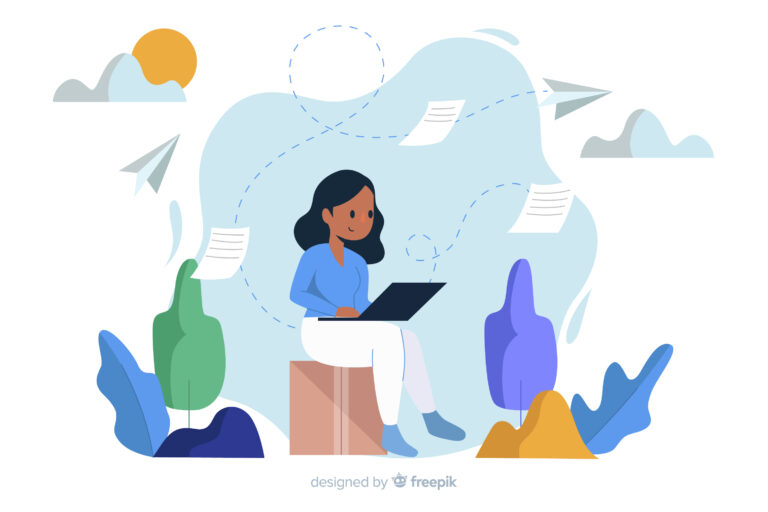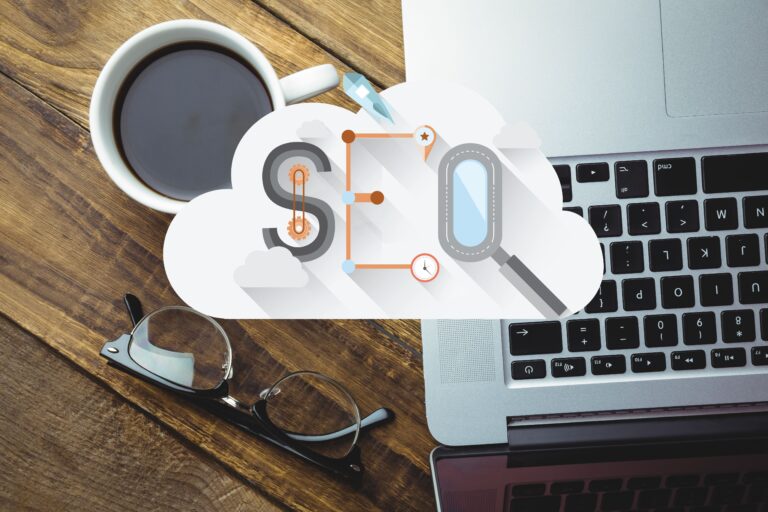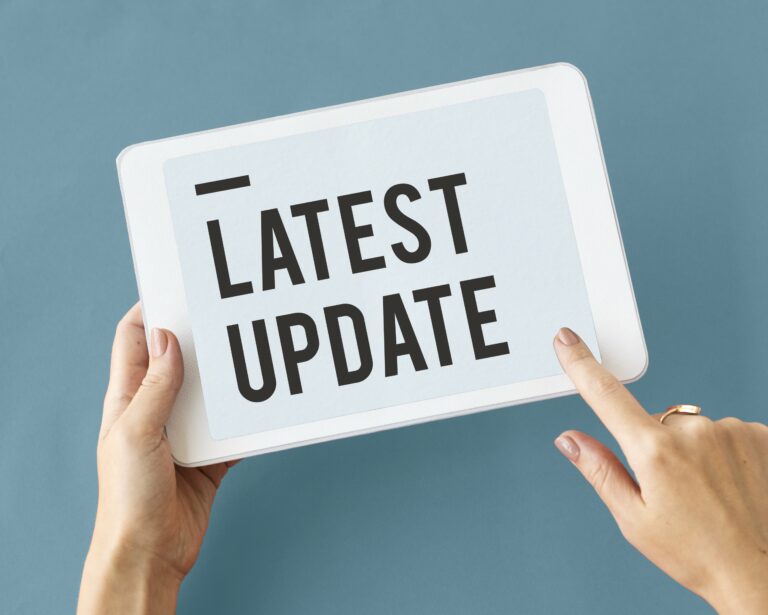How do you write a follow-up email that doesn’t get immediately swiped into oblivion? What should you put in your subject line to guarantee that the recipient opens it? What questions should you ask, and answer, in your follow-up email? How do you follow-up in a way that engages, rather than annoys? Most importantly, how do you get your subscribers to answer your call to action? The good news is that you can automate follow-ups, but you’ll need a bit of help to make them as effective as possible.
Start with a clear objective
Before you craft your email, you should know why you’re sending a follow-up, and what you are trying to accomplish. Much of this will depend on how and why you made contact in the first place, and what the next action should be on the part of the customer.
The more you understand what you want to accomplish, the better able you are to create a strong call to action.
Here are some of the most common objectives when sending a follow-up email:
Saying thank you
A thank you follow-up doesn’t always require any action on the part of the recipient. Still, it’s an important communication that builds goodwill. This can strengthen your relationship with your customers and associates, and help to ensure continued business.
Here are some scenarios where you might send a thank you follow-up:
- A customer writes a positive review
- You receive a referral
- After a sale is closed
- After a meeting or chat
- When the recipient has given you information or other assistance
You need further information
There may be times when you realize you need additional information in order to continue to provide help to someone. In this case, the call to action is easy to determine. The important thing is to be detailed, and communicate what you need clearly and why. This allows the customer to get you the information you need without a lot of back and forth.
Requesting a meeting
In some cases, you may have already made contact with a client or business associate in person or online. Now, you realize you need to get together again. This could be to arrange an in-person demo, engage in deeper conversation, or to pitch your product.
In this case, the CTA is to get the person to arrange another meeting with you. To make things easier for them, you might consider linking to an online calendar or scheduling software. This way they can set the meeting up with the least amount of effort required.
Catching up with a contact
Sometimes, it’s good to follow-up with someone when you simply haven’t heard from them in a while. You can also reach out with congratulations on major news, or a notable accomplishment. This can be a great way to get someone engaged in a new conversation. End your email by asking for details, linking to some relevant newsletter content, or linking to a product or service that could be useful to them.
Once you know your objective, you can communicate that with your recipient. This helps them to see the value of the communication, and gives them a path to act on it.
Provide context and establish a connection
It’s a safe bet that your readers receive quite a few emails each day. You’ll need to take action to stop your emails from getting lost in the shuffle. You can do this by providing context with each email, and creating a personal connection. The last thing you want is for your reader to get an email and think, ‘Who is this, and why are they contacting me?’
Establishing a connection such as a common interest, a mutual contact, or some form of reminder. You should especially focus on this if you are sending your first follow-up, or if you simply don’t have a history with the recipient. Connections are important if you haven’t been in contact for a while.
When you provide a clear context, the reader immediately recalls why you are communicating with them. That makes it more likely they will open your email rather than swiping it away. You can do this with well-composed emails that provide the right details. Here professionalism counts, and you should consider using tools such as Subjecto, Grammarly, BeGraded, WhiteSmoke, WritingJudge, and Hemingway.
State your purpose clearly and definitively
If you don’t state your purpose early on, your email can appear to be spammy, vague, and generally sketchy. For example, ‘Let’s talk about some ways I can help your business.’ is vague. On the other hand, ‘I help eCommerce businesses like yours save money on their shipping costs. I have a quick presentation that I would love to show you over lunch.’ is clear, and makes your intention know.
Yes, there is a chance that you will receive a rejection in short order if the recipient isn’t interested. However, that’s better than leaving them feeling misled.
Consider writing the subject line last
Your subject line is undeniably important. In many cases, the decision to open your email, or not, is based on the content of your subject line. Your subject line should tout the value of your email, and there should be a clear connection between the subject and body. To ensure this, write the email first. Then, compose a subject line that is attention-grabbing and relevant.
Timing is everything
At this point, you have a well-written email. You know why you are sending it. Your email establishes or re-establishes a connection to the reader. You state your purpose clearly. You have a great call to action. Your subject line is relevant and attention-grabbing. The next step is determining when you should send that email.
First, you have to consider when you should send the email in relation to your last communication with the recipient. For example, a quick thank you after an interview or a business meeting should be sent within 24 hours. If you have submitted any documents or filled out an application, 48 hours is a reasonable lead time to follow-up to ensure everything has arrived. Think in terms of a week when verifying receipt of a previous email, or asking for additional information.
For follow-ups that are a bit more casual, 1-2 months is fine. One example of this would be checking in with a client who only uses your services occasionally.
Final thoughts
By writing and sending follow-up emails, you keep your brand in the mind of potential clients and business associates. In addition to that, you create new opportunities to further your engagement with them, up to and including nudging the recipient through the sales funnel.



